"Marshing Forward" Despite Uncertainty: How EPA Researchers Are Reframing Approaches To Coastal Climate Adaptation Efforts
By U.S. EPA
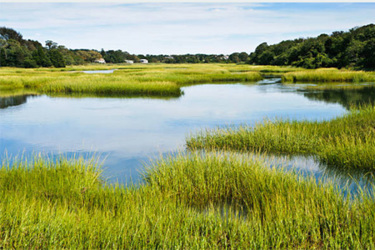
When you think of a salt marsh, you might imagine a coastal scene teeming with different sights, sounds, and smells; seagrass swaying in the breeze, the earthy perfume of wet mineral-rich sand, the melodic clicking of crab claws foraging for a meal. As some of the most productive ecosystems on earth, salt marshes and their complex, interdependent habitats serve many purposes, only one of which is to delight our senses.
Among other functions, salt marshes provide breeding grounds and food sources for coastal wildlife, absorb excess carbon from the atmosphere, filter rainwater, protect coastlines from erosion, help ensure the health of our nation’s fishing economy, and promote ecotourism.
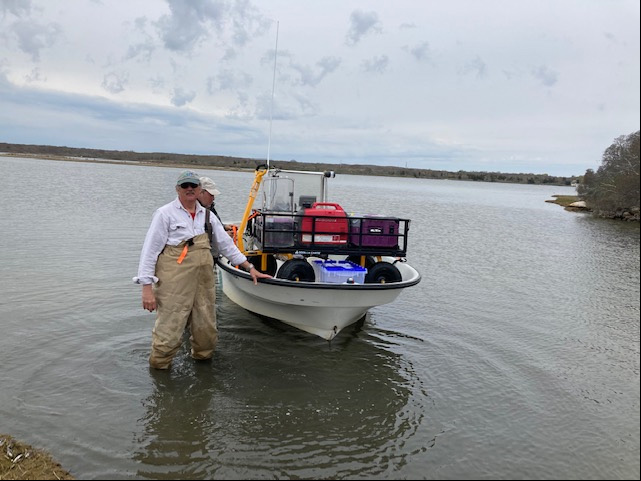
With salt marshes becoming increasingly vulnerable, EPA scientists are evaluating both the scientific methodology and management practices behind coastal restoration projects. This research led to the development of the Social-Ecological Systems, Adaptive Management, and Engagement (SESAME) framework to assist communities with collaboratively managing these fragile ecosystems.
The SESAME framework is a collection of project planning guidelines and managerial practices that, when applied, help enable the success of coastal restoration projects. SESAME offers proactive planning, clear communication, collaboration, and flexibility as solutions for common obstacles that can derail projects such as disorganization, low or unfitting stakeholder engagement, lack of resources, and poor communication. SESAME provides a learning-based, goal-oriented framework that allows stakeholders to adapt project plans to scientific developments, resource availability, and shifting priorities.
“This framework connects people and salt marshes throughout the restoration process and provides examples of and insights into the management and engagement needs at the different stages,” EPA sociologist, Dr. Kate Mulvaney said.
The researchers applied the SESAME framework to two different coastal restoration projects: a salt marsh restoration project on Ninigret Pond, Rhode Island, and a living shoreline project on Martha’s Vineyard, Massachusetts.
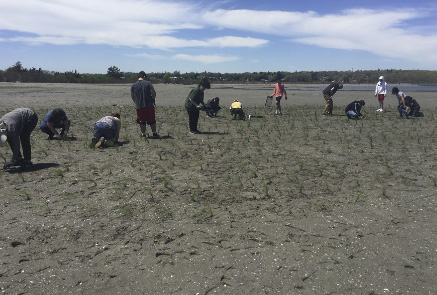
Through analyzing the coastal restoration case studies, EPA researchers found that successful coastal restoration efforts require active participation from all stakeholders including scientists, managers, local leaders, and community volunteers. To address the importance of community, communication, and collaboration, the new SESAME framework is designed to help stakeholders work together to achieve shared and individual goals.
“Humans are what caused the problems; we caused the sources of marsh degradation. But humans are also going to be the ones to fix the problems. If we are not considering the human element, then how are we going to get there?” Mulvaney said.
EPA researchers discovered that when applied to different coastal restoration and climate adaptation projects, SESAME contributed to increased stakeholder buy-in and participation, which resulted in higher rates of long-term project success.
For example, the Martha’s Vineyard living shorelines restoration project’s successes were largely due to collaboration of a team consisting of stakeholders from EPA, the towns’ shellfish departments, Mass Audubon’s Felix Neck Wildlife Sanctuary, and local community members.
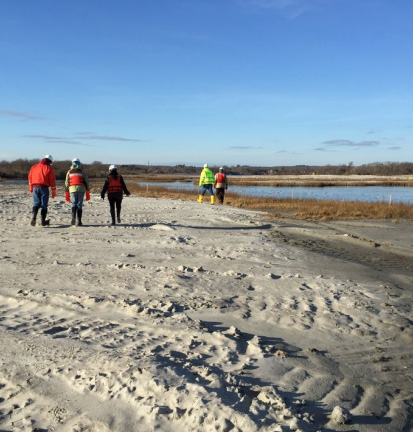
Through numerous meetings and outreach events, Ninigret stakeholders identified two ecological goals (to restore degraded marsh and measure nutrient abatement in marshes) and one social goal (to maintain marsh wildlife opportunities for visitors to the reserve). Though these goals addressed different needs, they were complimentary to one another. Restoring the marsh provided the opportunity for researchers to evaluate the restoration technique and nutrient abatement. The restoration process was also a learning experience for visitors while ongoing and has since provided some restored marsh for continued visitation.
By assessing ecological and social conditions before, during, and after the project, as well as using lessons learned from previous marsh elevation projects, the Ninigret team developed an action plan that maintained stakeholder engagement, anticipated potential barriers, and built strong social networks within the Charlestown community. Because of the team’s commitment to open communication and collaboration, they met their social and ecological goals, and with the help of local volunteers, successfully monitored the project’s long-term impact.
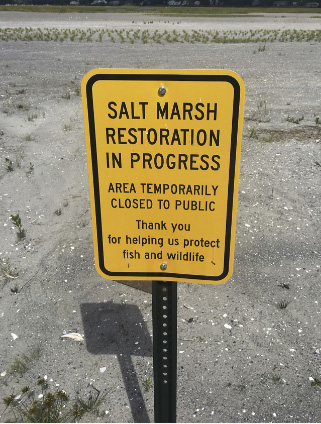
Looking to the Future
While salt marshes have a variety of social, ecological, and aesthetic functions, perhaps their most important role in this context is to demonstrate the power of community and collaboration. The SESAME framework uses lessons from the marsh and illuminates the fact that stakeholders from throughout a community can work collaboratively to protect valuable natural resources.
Learn More:
- EPA and Climate Change
- Strategies for Climate Change Adaptation
- Open SESAME: a social-ecological systems framework for collaborative adaptive management and engagement in coastal restoration and climate adaptation
- Using researcher and stakeholder perspectives to develop promising practices to improve stakeholder engagement in the solutions-driven research process
- Implementing adaptive management into a climate change adaptation strategy for a drowning New England salt marsh
